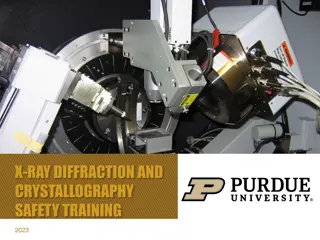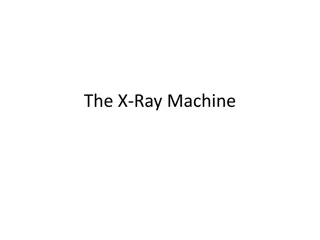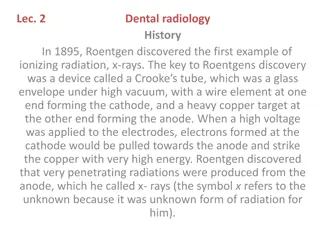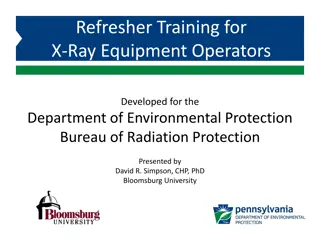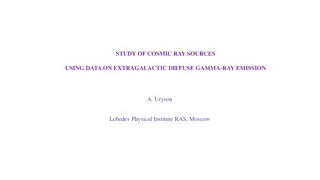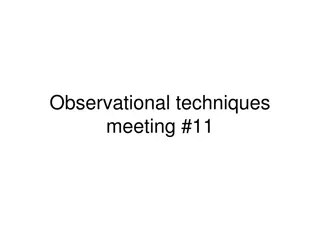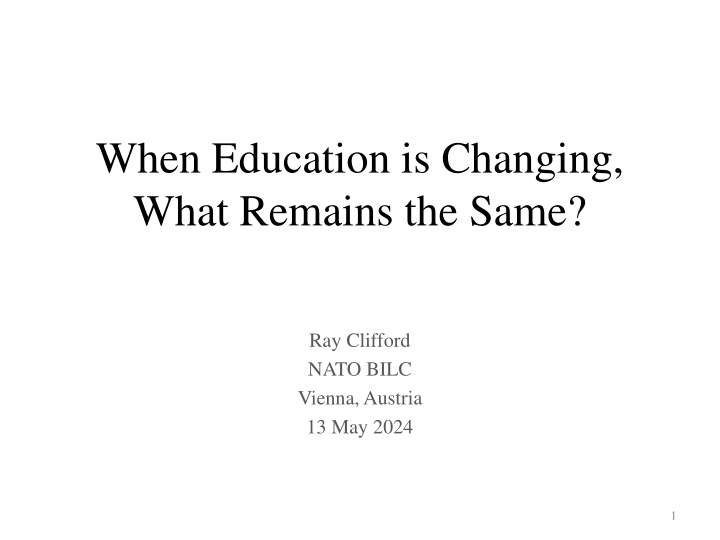
Uncovering the Unchanging Aspects of Education Amidst Change
Explore the enduring aspects of education that persist despite evolving trends. Delve into the complexities of language, the fundamental nature of learning, and the challenges of teaching. Discover how language intricacies and learning models have stood the test of time, offering insights into educational continuity.
Download Presentation

Please find below an Image/Link to download the presentation.
The content on the website is provided AS IS for your information and personal use only. It may not be sold, licensed, or shared on other websites without obtaining consent from the author. If you encounter any issues during the download, it is possible that the publisher has removed the file from their server.
You are allowed to download the files provided on this website for personal or commercial use, subject to the condition that they are used lawfully. All files are the property of their respective owners.
The content on the website is provided AS IS for your information and personal use only. It may not be sold, licensed, or shared on other websites without obtaining consent from the author.
E N D
Presentation Transcript
When Education is Changing, What Remains the Same? Ray Clifford NATO BILC Vienna, Austria 13 May 2024 1
When Education is Changing, What Remains the Same? 1. The complexity of language. 2. The nature of learning. 3. The challenges of language teaching and learning. 2
1. The Complexity of Language Language is arguably the most complex of all human behaviors. Even professional translators can make mistakes 3
Even simple language isn t simple. What level of English proficiency is needed to understand and enjoy the humor in the following headlines? 5
Headline Dictator not dead, but in grave condition 6
Headline IRAQI HEAD SEEKS ARMS 7
Headline DRUNK GETS NINE MONTHS IN VIOLIN CASE 8
Headline Young Soldiers Make Tasty Holiday Treats 9
2. The Nature of Learning John B. Carroll, in Teachers College Record, 64, pp 723-733 (1963) was the first to add the time factor to educational research designs. His Model of School Learning included 5 time related variables. Learner s Aptitude or Time Needed to Learn Learner s Opportunity to Learn Learner s Perseverance or Time Spent Learning Learner s Ability to Understand Instruction The Quality of the Instruction provided 10
Benjamin Blooms Taxonomy of Educational Objectives, 1956 Revised by Anderson and Krathwohl in A Taxonomy for Learning, Teaching, and Assessing, 2001. 6 Types of Cognition. Remember. Understand. Apply. Analyze. Evaluate. [These types have subcategories that create an Create. 11x19 matrix with a total of 209 possible combinations.] 4 Types of Knowledge Factual. Conceptual. Procedural. Metacognitive. 11
An Overview of Blooms Taxonomy: What learners know & what they can do. Cognitive Dimension Common Combinations Remember Understand Apply Analyze Evaluate Create Meta- cognitive Knowledge Dimension Far Transfer; Automatized Proficiency Procedural Near Transfer; Rehearsed Ability Conceptual Direct Application; Rote Ability Factual 12
For language learning these three combinations of cognition and knowledge can be aligned with STANAG 6001 proficiency levels: Direct Application Learning. (Level 0 and 0+) Memorize and remember factual knowledge. Near Transfer Learning. (Level 1 and 1+ ) Understand and produce new, unrehearsed utterances. Far Transfer Learning. (Level 2 and higher) Make connections, describe relationships, evaluate assertions, and communicate using metacognitive knowledge and understanding. 13
When time is limited, schools often take the something is better than nothing approach. They focus on the most critical knowledge or the most frequently occurring communication needs, and they hope that follow-on training or job experience will foster transferable skills. These just-in-time efforts may be adequate for direct-application communications, but they do not develop the advanced, far-transfer skills required for crucial communications. 14
An example: Army TrainerMagazine Volume 13, Number 3. Spring 1994. Page 47. ...the program can teach a brain surgeon to perform brain surgery in Spanish with a Spanish-speaking staff . To perform routine brain surgery, we assume that you need 20 basic commands, 10 comments or observations, and 15 yes and no questions as well as a specialized vocabulary of perhaps 30 to 40 words. [Italics added.] 15
A Real-Life Air Traffic Control Example Airport OperationsJournal Vol. 23, No 5. September October 1997 A fairly high level of functional proficiency is needed , because [the controller must know] - the probability of encountering the word; - the types of words most likely associated with that word; - the limitations imposed on the use of the word; - and the syntax associated with the word. The mastery of specialized terminology is insufficient. 17
3. The challenges of language teaching and learning. Bringing learners to advanced levels of proficiency requires the application of known curricular , learner, and instructional principles. 18
Language Learning Principles The curricular principles relate to the scope, sequence, and length of courses in the program. The learner principles relate to learner preparation, aptitude, and motivation. The instructional principles relate to the effective combination of subject matter considerations, learner variables, pedagogical principles, and structured practice with formative feedback to the learner. 19
All of these principles of advanced language learning have an impact on the time required to learn another language. And the time spent productively on learning has a greater impact on learning than does any other variable. 20
International Research on Learning French John B. Carroll, The Teaching of French in Eight Countries (International Studies in Evaluation V) John Wiley & Sons, New York (1975). This massive study tested over 30,000 language learners. It tested for the effect of various teaching methods, but found that the primary factor in the attainment of proficiency in French (and presumably, any foreign language) is the amount of instructional time provided. [Page 276] 21
International Research on Learning English G. Bonnet, et al. The Assessment of Pupils skills in English in Eight European Countries: 2002. European Network of Policy makers for the Evaluation of Education Systems (2004). Students from those nations with mandatory English instruction, where there is more contact with (and more time spent using) English have higher levels of competence in English. When classroom instruction is combined with a language- rich environment, time spent using the language in and out of the classroom is more important than the teaching methods used in the classroom. 22
But is spending time using the language all that is required? Time is a necessary, but not sufficient component of learning. Devoting time to study is required, but spending time doing the wrong things doesn t help. The 10,000-hour rule does not guarantee success. Research has revealed what else is required to develop advanced levels of ability. 23
PEAK: Secrets from the New Science of Expertise Anders Ericsson (and Robert Pool), 2016. Anders Ericsson s spent 30 years researching how people learn. His research shows that: Time on task is required, AND how that time is used is crucial. Deliberate Practice , which is different from other sorts of purposeful practice, is essential. 24
Deliberate Practice 1. can only take place in a field that has objective criteria for superior performance. 2. requires a teacher who can provide [individualized] practice activities that are both purposeful and informed. 3. should have a practice regimen designed by and overseen by a teacher or coach who is familiar with the abilities of expert performers and how those abilities can be developed. 25
Deliberate Practice (Continued) 4. takes place outside of one s comfort zone and requires a student to constantly try things that are just beyond his or her current abilities. 5. involves well-defined, specific goals and often involves improving some aspect of the target performance; it is not aimed at some vague overall improvement. 6. requires a person s full attention and conscious actions. 26
Deliberate Practice (Continued) 7. involves feedback [from the teacher] and modification of [the learner s] efforts in response to that feedback. 8. produces and depends on effective mental representations. Improving performance goes hand in hand with improving mental representations [because they] make it possible to monitor how one is doing . 27
Deliberate Practice (Continued) 9. nearly always involves building on or modifying previously acquired skills by focusing on particular aspects of those skills and working to improve them specifically. 10. emphasizes that it is important for teachers to provide beginners with the correct fundamental skills in order to minimize the chances that the student will have to relearn those fundamental skills later when [s/he is] at a more advanced level. 28
Ericssons General Research Applies Directly to the Language Learning Process Apperception and Capture In Sensory Store Combination of Semantic and Syntactic Features Linked to Prior Knowledge Can Lead to Comprehension Language Input Diagnosis and Feedback Transfer to Long-Term Memory and internalization in Learner's Linguistic Expectancy System (This Process is Accelerated by L2 Production} With comprehension, there is intake Into Short-Term Memory Learner Output 29
Note: A teacher is needed to determine the optimum level of language input. Language input that is above the learner s ability will not be correctly perceived and is of no benefit to the learner! Apperception and Capture In Sensory Store Combination of Semantic and Syntactic Features Linked to Prior Knowledge Can Lead to Comprehension Language Input Diagnosis and Feedback Transfer to Long-Term Memory and internalization in Learner's Linguistic Expectancy System (This Process is Accelerated by L2 Production} With comprehension, there is intake Into Short-Term Memory Learner Output 30
Note: A teacher is needed to analyze the learners output, diagnose it, and give helpful (timely and accurate) feedback along with adjusted input to the learner. Apperception and Capture In Sensory Store Combination of Semantic and Syntactic Features Linked to Prior Knowledge Can Lead to Comprehension Language Input Diagnosis and Feedback Transfer to Long-Term Memory and internalization in Learner's Linguistic Expectancy System (This Process is Accelerated by L2 Production} With comprehension, there is intake Into Short-Term Memory Learner Output 31
We know how to teach and learn languages well. But many factors can prevent us from applying what we know. Limited time. Poorly designed curricula. Unmotivated learners. Unprepared teachers. There are always improvements that we could make, if we had the opportunity. 32
Man soll Zeitenwenden anwenden! A Zeitenwende era can provide those opportunities! It is easier to make improvements when an organization is in transition than it is to make improvements within a static system.* *This is the organizational behavior counterpart to the laws of Newtonian physics. 33
So, when responding to a Zeitenwende: Don t: Ignore the lessons of the past. Expect that a language pill will be developed. Stop doing research. Do: Recognize the complexities of language teaching and learning. Learn from past research and your own experience. Take advantage of opportunities to make incremental as well as major improvements. 34
Thank you. If you have questions, there will be a panel discussion this afternoon. Thank you. 35


